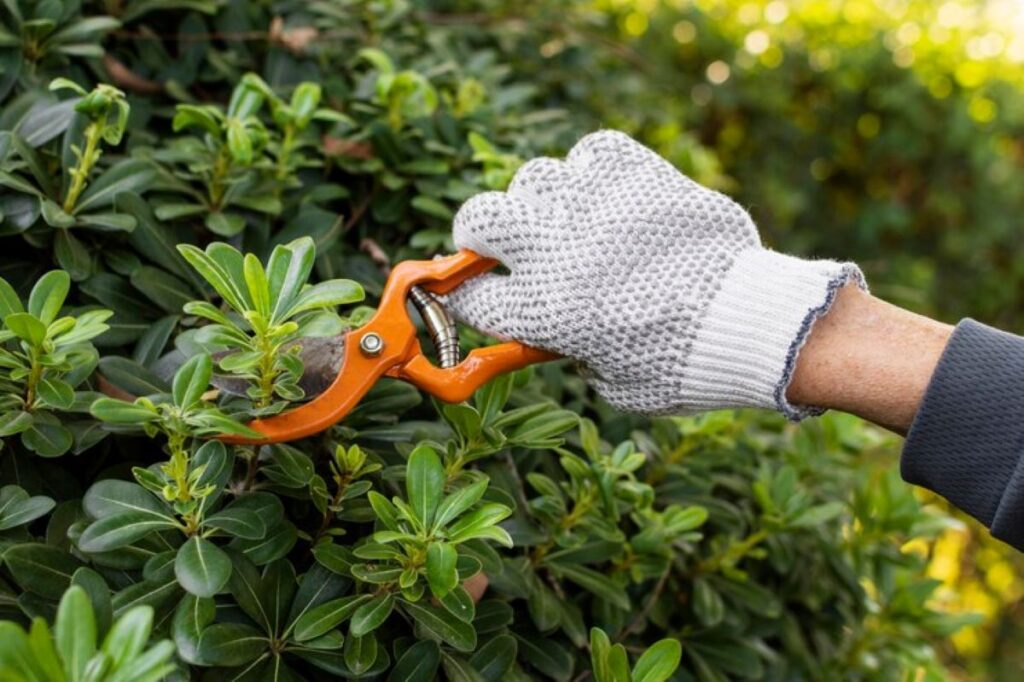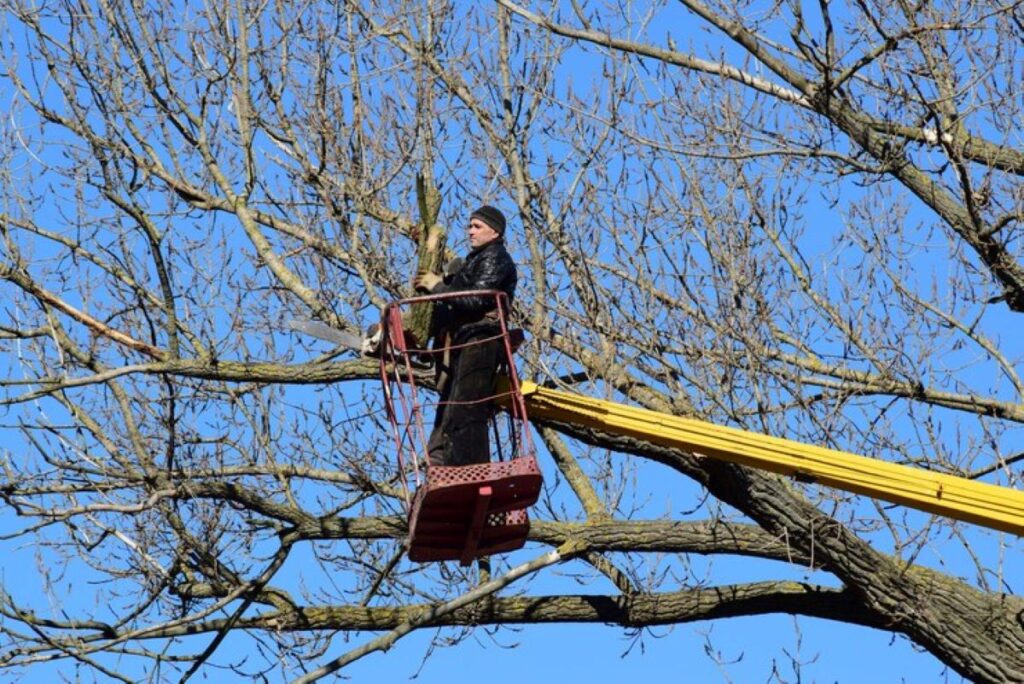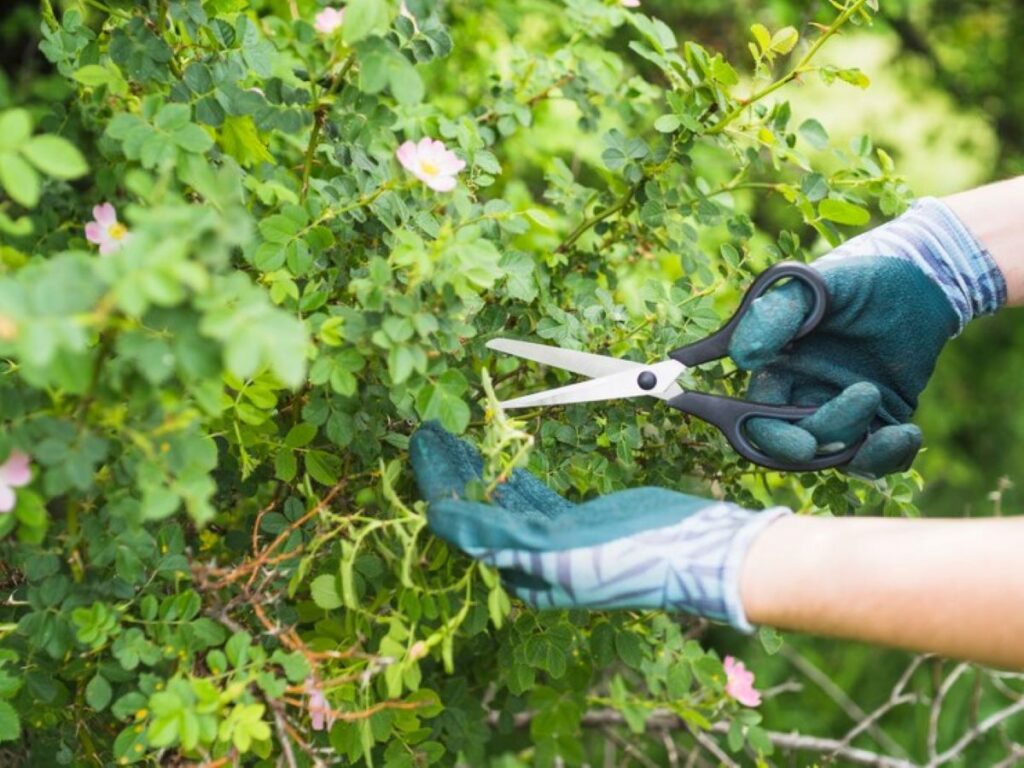Maintaining the health of trees on your property is essential for both aesthetic appeal and ecological balance. Tree pruning is a critical aspect of tree care that promotes healthy growth, enhances the structure of trees, and prevents potential hazards. In this article, we will explore the importance of tree pruning, its benefits, basic principles, safety measures, and even when it’s best to hire professional services in Sydney.
Understanding the Importance of Tree Pruning
Tree pruning involves the selective removal of certain parts of a tree, which can include branches, buds, or roots. Tree pruning sydney is crucial for several reasons and plays a significant role in maintaining the overall health of trees in your garden or landscape.
The Role of Pruning in Tree Health
Pruning helps to remove dead, diseased, or damaged branches, which can harbor pests and diseases. By eliminating these problematic areas, we allow the tree to focus its energy on producing healthy growth. Additionally, pruning can improve air circulation and sunlight penetration, both of which are vital for a tree’s vitality.
Moreover, regular pruning encourages strong structural growth. It shapes the tree in a way that can help prevent future problems, making it less susceptible to breaking or falling during storms. Overall, understanding the role of pruning can greatly enhance a tree’s long-term health. Furthermore, pruning can stimulate new growth by encouraging the development of lateral branches, which can lead to a fuller and more robust canopy. This not only enhances the tree’s appearance but also contributes to its ability to photosynthesize effectively, ensuring a steady supply of energy for growth.
Benefits of Regular Tree Pruning
Regular tree pruning offers numerous benefits, including:
- Improved Health: Regularly removing unhealthy parts of the tree allows for better overall health and vigor.
- Enhanced Aesthetics: Well-pruned trees are more attractive and can significantly increase property value.
- Increased Safety: Pruning reduces the risk of falling branches that can cause injury or property damage.
- Better Fruit Production: For fruit trees, strategic pruning optimizes growth and enhances fruit yield.
In addition to these benefits, regular pruning can also help manage the size and shape of trees, making them more suitable for urban environments where space is often limited. This is particularly important for species that tend to grow rapidly or become overly dense, as it allows homeowners and landscapers to maintain a more manageable landscape. Furthermore, pruning can be a proactive measure against potential diseases; by keeping trees well-maintained, you can reduce the likelihood of infestations that might otherwise spread to nearby plants. This holistic approach to tree care not only fosters a healthier ecosystem but also enhances the beauty and functionality of your outdoor space.
Basic Principles of Tree Pruning
To effectively prune your trees, it’s essential to understand some basic principles. Proper pruning can make a difference in how trees respond and grow.
When to Prune Your Trees
The timing of pruning is critical to ensure the health of trees. Generally, the best time to prune is during the dormant season, typically late winter to early spring before new growth begins. This timing minimizes the stress on the tree and helps to avoid potential pest and disease issues that can arise during the growing season.
However, it is also important to consider the type of tree. Some trees may benefit from pruning immediately after flowering to avoid cutting off buds that will produce blooms in the following year. Understanding the specific needs of different tree species can guide you on the best times for pruning. For instance, oak trees are best pruned in late winter to prevent oak wilt, while spring-flowering trees like cherry or dogwood should be pruned right after they bloom to preserve their flower buds for the next season.
Tools Needed for Effective Pruning
Having the right tools is essential for effective tree pruning. Here are some of the basic tools that you’ll need:
- Pruning Shears: Ideal for smaller branches and delicate growth.
- Loppers: Best for thicker branches that are too large for pruning shears.
- Saws: Used for cutting large branches or even entire limbs.
- Safety Gear: Including gloves and eye protection to ensure your safety.
Investing in quality tools can enhance your pruning experience and ensure a clean cut, which is important for the health of the tree. Additionally, maintaining your tools is crucial; regularly sharpening blades will not only make your cuts cleaner but also reduce the risk of injury. A well-maintained tool can make the difference between a quick, efficient pruning session and a frustrating struggle with dull equipment.
Moreover, understanding the technique is just as important as having the right tools. For example, when making cuts, it is advisable to use the three-cut method for larger branches. This involves making an undercut first to prevent the bark from tearing, followed by a top cut to remove the branch, and finally a finishing cut to clean up the stub. This careful approach helps to protect the tree from damage and encourages faster healing. Pruning is not just about cutting; it’s about nurturing the tree to promote healthy growth and longevity.

Step-by-Step Guide to Pruning Trees
Pruning may seem daunting, but following a step-by-step guide can simplify the process. Knowing which branches to prune and how to do it correctly is essential for success.
Identifying Branches to Prune
Start by examining your tree to identify branches that need attention. Look for:
- Dead or discolored branches
- Crossing branches that rub together
- Branches growing inward towards the center of the tree
- Any branches showing signs of disease or pest infestation
By focusing on these areas, you can ensure you are making the right cuts to promote healthier growth. Additionally, it’s important to assess the overall shape and structure of the tree. A well-shaped tree not only looks aesthetically pleasing but also allows for better air circulation and sunlight penetration, which are crucial for the tree’s health. Take a step back and observe the tree from different angles to get a comprehensive view of its form and identify any areas that may require more attention.
Proper Techniques for Cutting Branches
When it comes to cutting branches, technique is key. Here’s how you can proceed:
- Make your cuts at an angle to prevent water from settling on the cut surface, which can lead to rot.
- For larger branches, use the three-cut method to prevent damage to the tree. Start by making a notch cut on the underside of the branch, followed by a top cut until the branch falls. Then, remove the remaining stub.
- Always cut just outside the branch collar, the swollen area where the branch joins the trunk, as this helps the tree heal.
Using proper techniques ensures minimal harm to the tree and promotes faster recovery. Furthermore, it’s beneficial to use sharp, clean tools to make precise cuts. Dull tools can tear the bark and create larger wounds, which may take longer to heal. Regularly disinfecting your pruning shears with rubbing alcohol or a bleach solution can also help prevent the spread of diseases between trees. Remember, the goal of pruning is not just to remove unwanted branches but to enhance the tree’s overall health and vitality, allowing it to thrive for years to come. Click here to get about the best tree pruning services near you.
Safety Measures in Tree Pruning
While pruning can be beneficial, it often comes with risks. Taking safety measures seriously is crucial for a successful pruning experience.
Personal Protective Equipment for Pruning
It’s important to use personal protective equipment (PPE) when pruning, such as:
- Safety Glasses: Protect your eyes from debris.
- Gloves: Ensure a firm grip and protect your hands from sharp tools and bark.
- Hard Hats: If working with larger branches, a hard hat can protect you from falling debris.
Wearing the right safety gear can help prevent accidents and injuries during pruning. Additionally, consider wearing hearing protection if you are using power tools, as prolonged exposure to loud noises can lead to hearing loss. Steel-toed boots are also a wise choice, as they provide extra protection for your feet against heavy falling branches or equipment. Remember, your safety is paramount, and investing in quality PPE can make a significant difference in your pruning experience.
Safe Handling of Pruning Tools
Always approach tree pruning with care when handling your tools. Here are some safety tips:
- Keep tools sharp and well-maintained to ensure clean cuts.
- Store tools safely and out of reach to prevent accidents.
- Never use ladders on uneven ground and always have a helper when dealing with large branches.
By following these safety measures, you can make tree pruning a much safer activity. Furthermore, familiarize yourself with the specific tools you are using, such as pruning shears, loppers, or chainsaws, as each requires different handling techniques. Always read the manufacturer’s instructions and safety guidelines before use. Practicing proper technique not only enhances your safety but also improves the quality of your pruning work, leading to healthier trees and better overall results. Regularly inspecting your tools for any signs of wear or damage can also prevent unexpected failures during the job, ensuring a smoother and safer pruning process.
Hiring Professional Tree Pruning Services in Sydney
While many homeowners can successfully prune smaller trees, there are instances where hiring professionals can be beneficial. Knowing what to look for in a tree pruning service can save you time and ensure your trees receive the best care.
What to Look for in a Tree Pruning Service
When selecting a tree pruning service in Sydney, consider the following factors:
- Experience: Look for companies with a proven track record and qualified arborists.
- Insurance: Ensure they have liability insurance to cover any accidents.
- References: Ask for references or read online reviews to gauge customer satisfaction.
An experienced service can provide safe and efficient pruning, ensuring your trees remain healthy.

The Cost of Professional Tree Pruning
The cost of professional tree pruning in Sydney can vary based on several factors:
- The size and number of trees
- The complexity of the job
- Access to the trees and equipment needed
Typically, costs can range from $200 to $1,500, depending on the specifics of the job. While hiring professionals may seem like an extra expense, the long-term benefits of having healthy trees often outweigh the costs.
In conclusion, tree pruning is an essential practice for maintaining healthy trees on your property. By understanding its importance, employing proper techniques, and prioritizing safety, you can enhance the longevity and beauty of your trees. If the task seems overwhelming, don’t hesitate to reach out to professional services in Sydney to ensure your trees receive the care they deserve.

